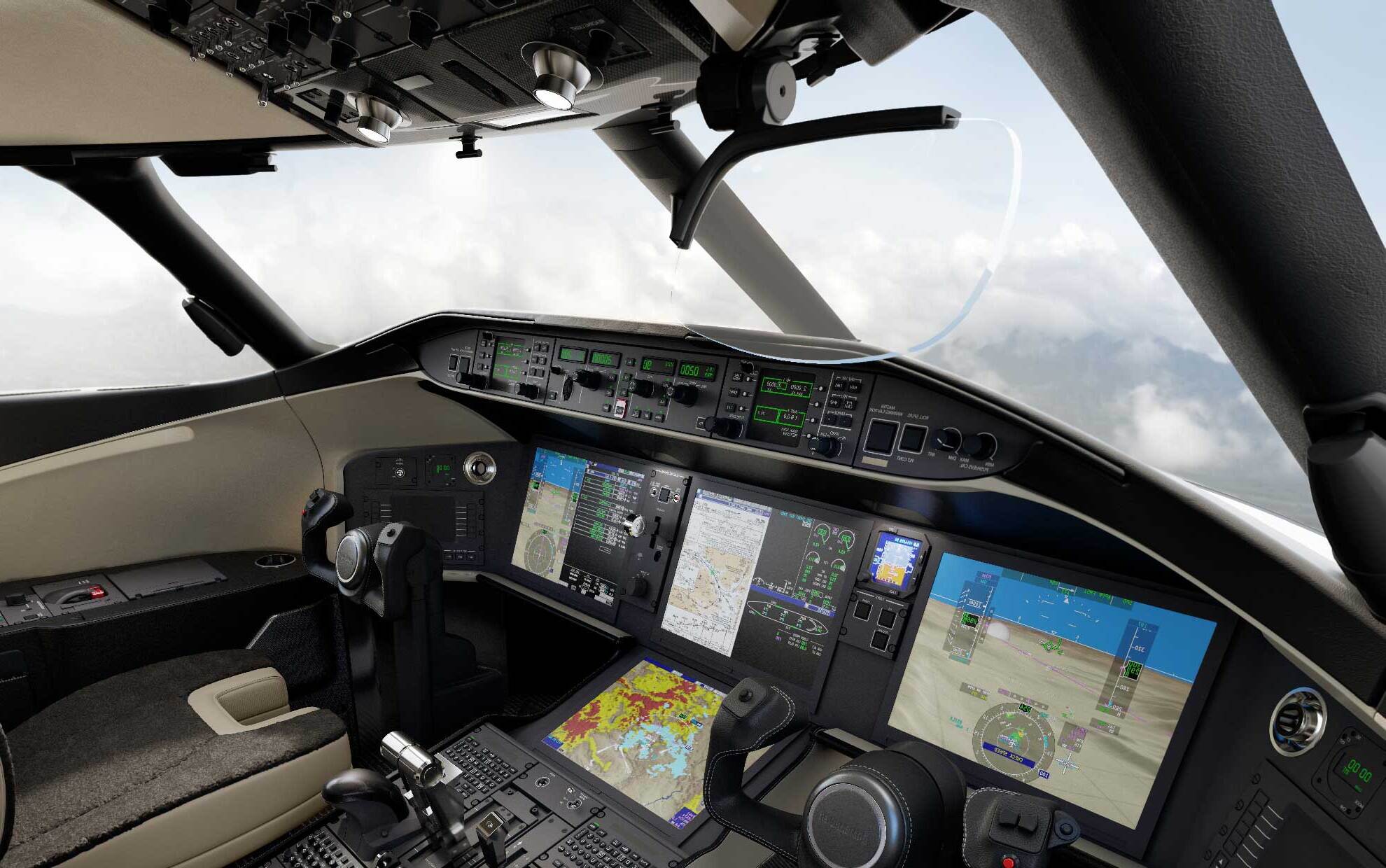
What makes advanced avionics so crucial in modern aviation? Advanced avionics systems are the backbone of today's aircraft, providing pilots with critical information and enhancing flight safety. These systems include navigation, communication, and monitoring tools that ensure smooth and efficient operations. Advanced avionics help pilots make informed decisions, reduce workload, and improve situational awareness. They also play a significant role in managing air traffic, reducing delays, and increasing fuel efficiency. With the rapid advancements in technology, avionics continue to evolve, offering even more sophisticated features and capabilities. Understanding these systems is essential for anyone interested in aviation, whether you're a pilot, engineer, or aviation enthusiast.
What is Advanced Avionics?
Advanced avionics refers to the sophisticated electronic systems used in aircraft to manage flight operations, navigation, communication, and other critical functions. These systems enhance safety, efficiency, and overall performance. Let's dive into some fascinating facts about advanced avionics.
History and Evolution
Understanding the history of avionics helps appreciate its current state.
- Early Beginnings: The term "avionics" combines "aviation" and "electronics," first used in the 1940s.
- World War II Impact: WWII accelerated avionics development, leading to innovations like radar and autopilot systems.
- Jet Age Advancements: The 1950s and 60s saw the introduction of jet aircraft, necessitating more advanced avionics for higher speeds and altitudes.
- Digital Revolution: The 1980s brought digital technology, transforming analog systems into more reliable and efficient digital ones.
- Glass Cockpits: Modern aircraft feature glass cockpits, replacing traditional dials with digital displays for better data visualization.
Key Components of Advanced Avionics
Several critical components make up an advanced avionics system.
- Flight Management System (FMS): FMS automates in-flight tasks, including navigation, performance management, and flight planning.
- Autopilot: Autopilot systems can control an aircraft's trajectory without constant pilot input, enhancing safety and reducing workload.
- Navigation Systems: GPS, INS (Inertial Navigation System), and VOR (VHF Omnidirectional Range) are essential for precise navigation.
- Communication Systems: Advanced radios and satellite communication systems ensure reliable communication between pilots and ground control.
- Weather Radar: Weather radar helps pilots detect and avoid severe weather conditions, ensuring safer flights.
Safety Enhancements
Advanced avionics significantly improve flight safety.
- Terrain Awareness and Warning System (TAWS): TAWS alerts pilots to potential terrain collisions, preventing accidents.
- Traffic Collision Avoidance System (TCAS): TCAS monitors nearby aircraft and provides collision avoidance instructions.
- Enhanced Ground Proximity Warning System (EGPWS): EGPWS offers real-time alerts about terrain and obstacles, reducing the risk of controlled flight into terrain (CFIT) accidents.
- Automatic Dependent Surveillance-Broadcast (ADS-B): ADS-B provides real-time aircraft position data to air traffic control and other aircraft, improving situational awareness.
- Fly-by-Wire Systems: Fly-by-wire replaces traditional manual flight controls with electronic interfaces, enhancing precision and reducing pilot workload.
Innovations in Avionics Technology
Recent innovations continue to push the boundaries of avionics.
- Synthetic Vision Systems (SVS): SVS provides pilots with a 3D view of the terrain, even in poor visibility conditions.
- Head-Up Displays (HUD): HUD projects critical flight information onto the windshield, allowing pilots to keep their eyes on the outside environment.
- Augmented Reality (AR): AR technology overlays digital information onto the real world, aiding navigation and situational awareness.
- NextGen Air Traffic Control: NextGen aims to modernize air traffic control with satellite-based navigation and communication systems.
- Electric and Hybrid Aircraft: Advanced avionics are crucial for managing the complex systems in electric and hybrid aircraft.
Impact on Commercial Aviation
Advanced avionics have transformed commercial aviation.
- Fuel Efficiency: Avionics optimize flight paths and engine performance, reducing fuel consumption and emissions.
- Reduced Delays: Improved navigation and communication systems help minimize delays and improve on-time performance.
- Passenger Comfort: Modern avionics contribute to smoother flights and better in-flight entertainment systems.
- Cost Savings: Airlines save money through more efficient operations and reduced maintenance costs.
- Enhanced Security: Advanced avionics include security features that protect against cyber threats and unauthorized access.
Future Trends
The future of avionics looks promising with several emerging trends.
- Artificial Intelligence (AI): AI can enhance decision-making, predictive maintenance, and autonomous flight capabilities.
- Blockchain Technology: Blockchain can improve data security and transparency in avionics systems.
- 5G Connectivity: 5G will enable faster and more reliable communication between aircraft and ground systems.
- Urban Air Mobility (UAM): Avionics will play a crucial role in the development of urban air taxis and other UAM solutions.
- Space Tourism: As space tourism becomes a reality, advanced avionics will ensure safe and efficient space travel.
The Sky's the Limit
Advanced avionics have transformed aviation, making it safer, more efficient, and incredibly sophisticated. From autopilot systems to weather radar, these technologies ensure smoother flights and better decision-making for pilots. Glass cockpits have replaced traditional dials, offering real-time data and reducing pilot workload. Fly-by-wire systems enhance aircraft control, while GPS navigation provides pinpoint accuracy. Collision avoidance systems keep skies safer by preventing mid-air mishaps.
These innovations aren't just for commercial jets; they're also found in military aircraft and even drones. As technology continues to evolve, expect even more groundbreaking advancements in avionics. The future of flight looks bright, with smarter, more connected aircraft leading the way. So next time you board a plane, remember the incredible technology working behind the scenes to get you safely to your destination. The sky's truly the limit!
Was this page helpful?
Our commitment to delivering trustworthy and engaging content is at the heart of what we do. Each fact on our site is contributed by real users like you, bringing a wealth of diverse insights and information. To ensure the highest standards of accuracy and reliability, our dedicated editors meticulously review each submission. This process guarantees that the facts we share are not only fascinating but also credible. Trust in our commitment to quality and authenticity as you explore and learn with us.


